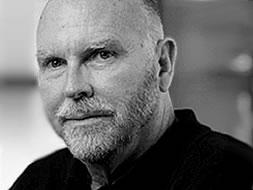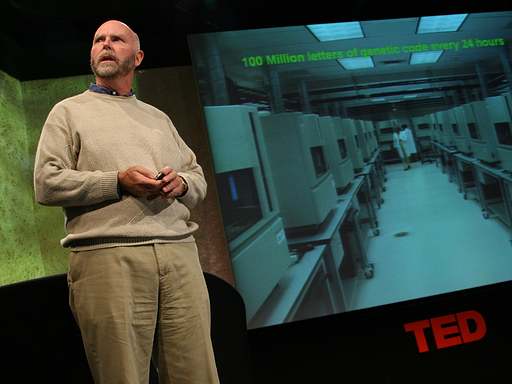In 2001, Craig Venter made headlines for sequencing the human genome. In 2003, he started mapping the ocean's biodiversity. And now he's created the first synthetic lifeforms — microorganisms that can produce alternative fuels.
Why you should listen
Craig Venter, the man who led the private effort to sequence the human genome, is hard at work now on even more potentially world-changing projects.
First, there's his mission aboard the Sorcerer II, a 92-foot yacht, which, in 2006, finished its voyage around the globe to sample, catalouge and decode the genes of the ocean's unknown microorganisms. Quite a task, when you consider that there are tens of millions of microbes in a single drop of sea water. Then there's the J. Craig Venter Institute, a nonprofit dedicated to researching genomics and exploring its societal implications.
In 2005, Venter founded Synthetic Genomics, a private company with a provocative mission: to engineer new life forms. Its goal is to design, synthesize and assemble synthetic microorganisms that will produce alternative fuels, such as ethanol or hydrogen. He was on Time magzine's 2007 list of the 100 Most Influential People in the World.
In early 2008, scientists at the J. Craig Venter Institute announced that they had manufactured the entire genome of a bacterium by painstakingly stitching together its chemical components. By sequencing a genome, scientists can begin to custom-design bootable organisms, creating biological robots that can produce from scratch chemicals humans can use, such as biofuel. And in 2010, they announced, they had created "synthetic life" -- DNA created digitally, inserted into a living bacterium, and remaining alive.
What others say
“Either he is one of this era's most electrifying scientists, or he's one of the most maddening.” — Washington Post



